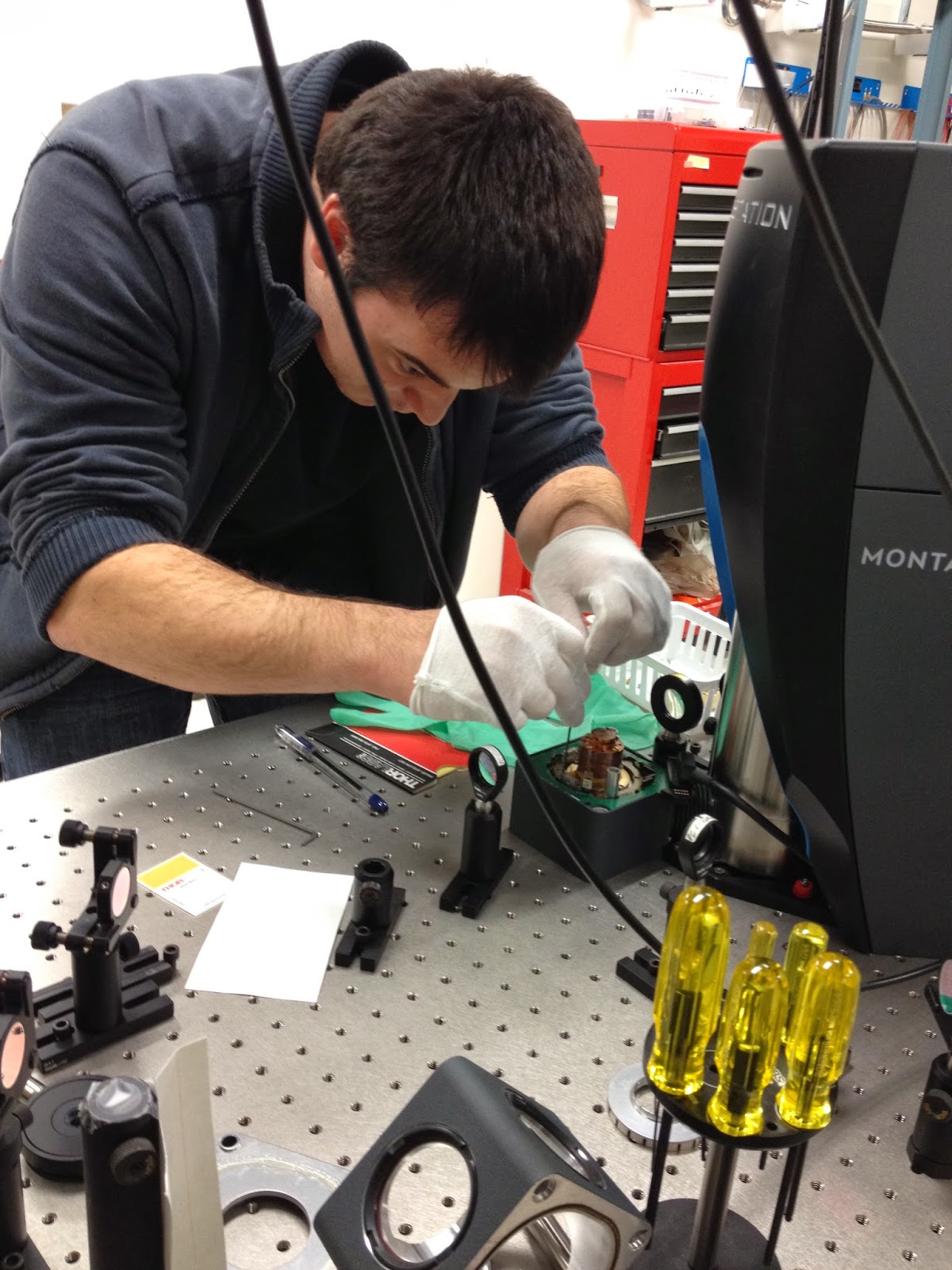The research I am working on interests me on various levels. It starts by aligning with my personal vision. I want to work in aviation safety because I hope to bring a positive addition to the existing efforts done by the aviation community. On the other hand, prior to joining the research center at Mason, I had three years of work experience as a flight instructor and this project offers me the rare opportunity to use my knowledge in aviation. As well, during my professional experience I had the chance to work with engineers. I was very impressed by their clarity of thinking and their ability to simplify complex materials using quantitative methods. I feel that this research is allowing me to do what those engineers were doing.
On a weekly basis, I either look at the Aviation Safety Reporting System (ASRS) reports to translate qualitative data - described by pilot, engineers, flight attendant, or air traffic controllers - into quantitative data that identifies the different causes of aborted approaches. Or I analyze an aviation related iPad app produced by Honeywell. This app has a good potential to be used by pilots as an additional tool for flight planning or for heightened situation awareness. My job is to simulate scenarios and analyze the app. I am doing so using an analysis tool developed by my mentor called Task Specification Language (TSL) where I decompose each operator action into a 6 functions (ID Task, Select Function, Access, Enter, and Verify/Execute) then I identify the cues presented to the operator at each function. At a later stage the gathered cues will be accessed depending on their degree of salience.
The one thing that I discovered this week is the availability of very interesting databases through the Mason Library. One that stood up is called the Transportation Information Database (TRID) and I intend to use it for my research.


















